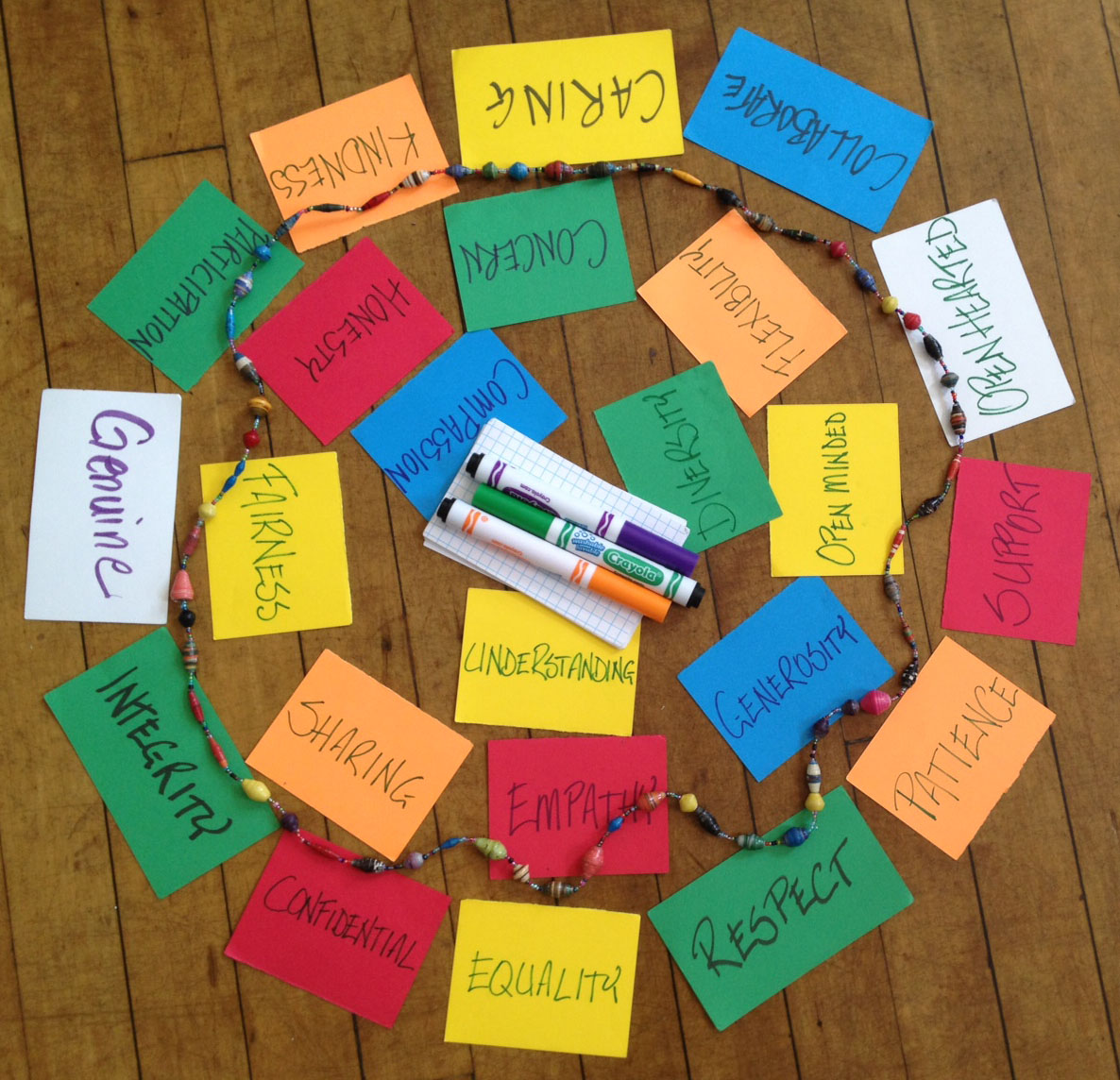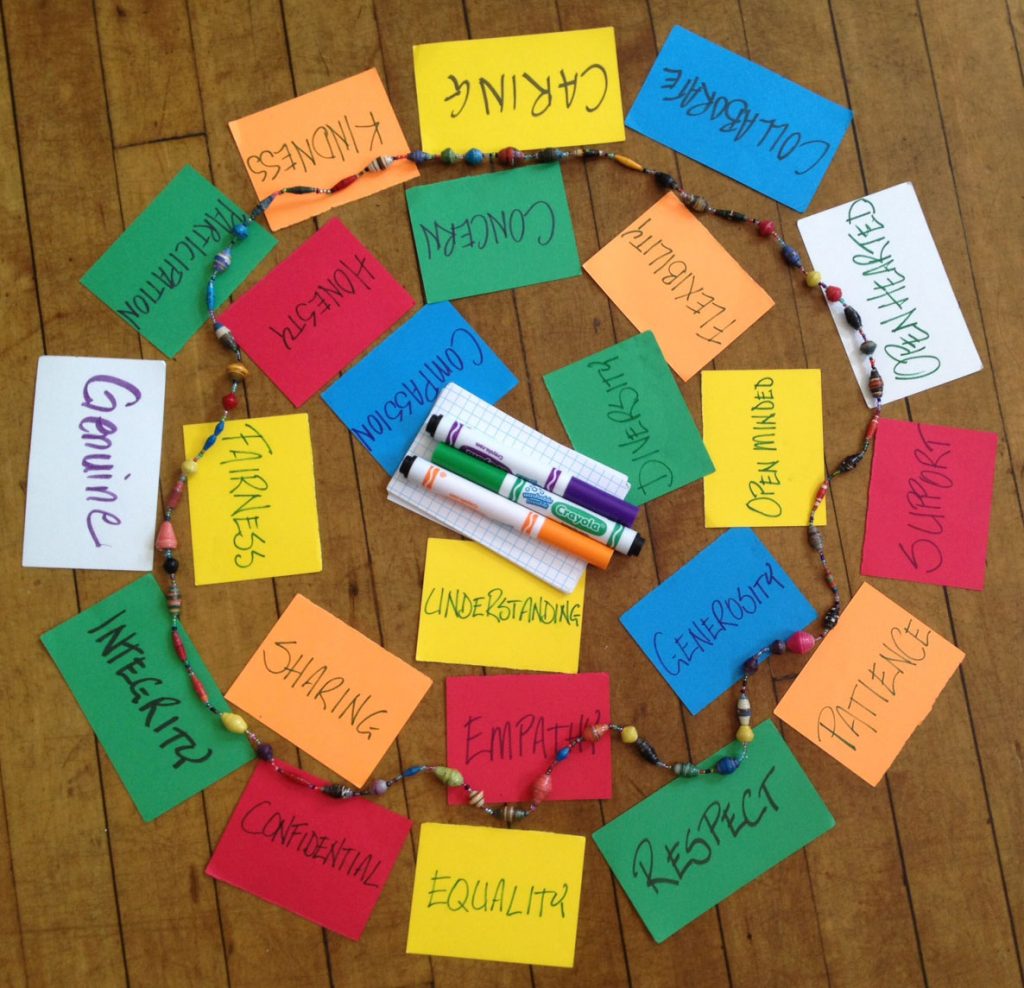
A Restorative Place

Our goal for A Restorative Place is to strengthen Connecticut’s network of Restorative Practices offerings by building up the infrastructure so they are more easily accessible to youth and families.



Our goal for A Restorative Place is to strengthen Connecticut’s network of Restorative Practices offerings by building up the infrastructure so they are more easily accessible to youth and families.
